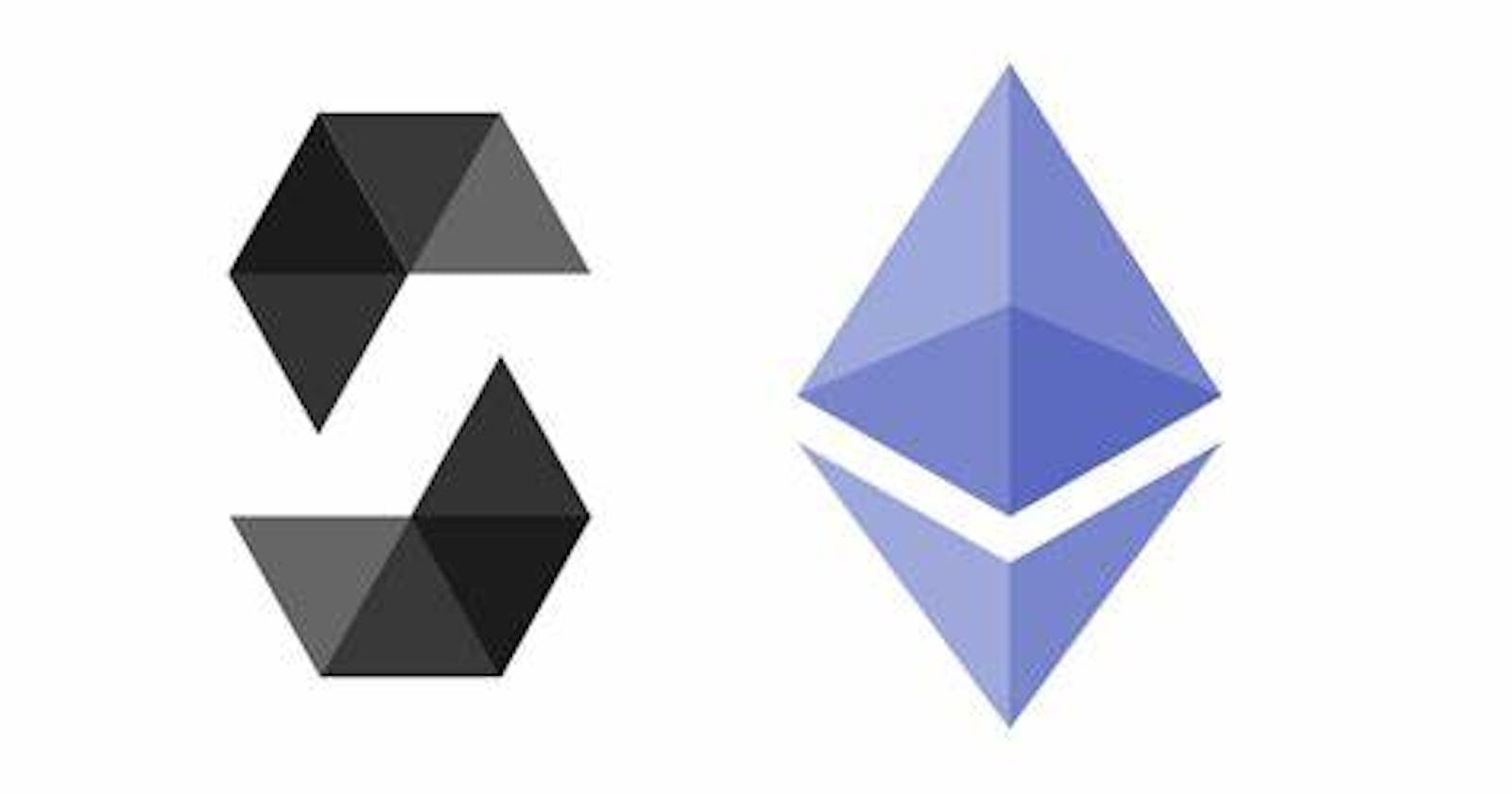Table of contents
- Module 1: Introduction to Blockchain and Ethereum
- Module 2: Solidity Basics
- Module 3: Smart Contract Development
- Module 4: Advanced Solidity Concepts
- Module 5: Security Considerations
- Module 6: Interaction with External Contracts
- Module 7: Testing and Debugging
- Module 8: Deployment and Best Practices
- Module 9: Real-World Projects
- Additional Resources and Advanced Topics
Below is a suggested outline for a Solidity course. This outline covers the basics to more advanced topics, providing a comprehensive learning path for individuals interested in blockchain development using Solidity. Note that the order of topics may vary slightly based on the specific needs and structure of the course.
Module 1: Introduction to Blockchain and Ethereum
Introduction to Blockchain
What is blockchain technology?
Decentralization and its advantages.
Introduction to Ethereum
Overview of Ethereum as a blockchain platform.
Smart contracts and their role in Ethereum.
Setting Up Development Environment
Installing Ethereum clients (e.g., Ganache).
Setting up a development environment (e.g., Remix IDE).
Module 2: Solidity Basics
Introduction to Solidity
Understanding the role of Solidity in Ethereum.
Basic syntax and structure of Solidity contracts.
Data Types and Variables
Numeric, string, boolean, and address types.
Variable declaration and initialization.
Functions and Control Structures
Writing functions in Solidity.
If statements, loops, and modifiers.
Module 3: Smart Contract Development
Creating Smart Contracts
Building your first smart contract.
Deploying contracts on the Ethereum blockchain.
State Variables and Storage
Understanding state variables and storage.
Persistent data on the blockchain.
Module 4: Advanced Solidity Concepts
Modifiers and Events
Creating and using modifiers.
Emitting events for external applications.
Inheritance and Libraries
Using inheritance for code reuse.
Implementing and using libraries.
Module 5: Security Considerations
Common Security Pitfalls
Reentrancy, integer overflow/underflow, and other vulnerabilities.
Best practices for secure smart contract development.
Introduction to Gas
Understanding gas in Ethereum.
Gas optimization techniques.
Module 6: Interaction with External Contracts
Working with External Contracts
Interacting with other smart contracts.
Using external APIs and data feeds.
Oracle Integration
Basics of oracles in smart contracts.
Integrating oracles for real-world data.
Module 7: Testing and Debugging
Testing Smart Contracts
Unit testing with tools like Truffle.
Debugging techniques in Remix and other IDEs.
Module 8: Deployment and Best Practices
Smart Contract Deployment
Deploying contracts to different Ethereum networks.
Managing deployment scripts.
Best Practices for Solidity Development
Code readability and maintainability.
Versioning and upgradeability.
Module 9: Real-World Projects
Building a Decentralized Application (DApp)
Overview of DApps.
Hands-on project: Building a simple DApp.
Final Project
- A comprehensive project to demonstrate skills learned throughout the course.
Additional Resources and Advanced Topics
Web3.js and Frontend Integration
Interacting with smart contracts from a web application.
Using Web3.js and other libraries.
Introduction to Smart Contract Security Auditing
- Basics of auditing smart contracts for security.
This course outline covers a wide range of topics, from the basics of Solidity to advanced concepts and real-world applications. Adjustments can be made based on the audience's prior experience and the course's specific goals.
Thanks for reading, If you’d like to see more posts on Nfts, Blockchain, Web3, Computer science, Linux, Python, Git, GitHub and Cybersecurity, follow me on my social media handles.

